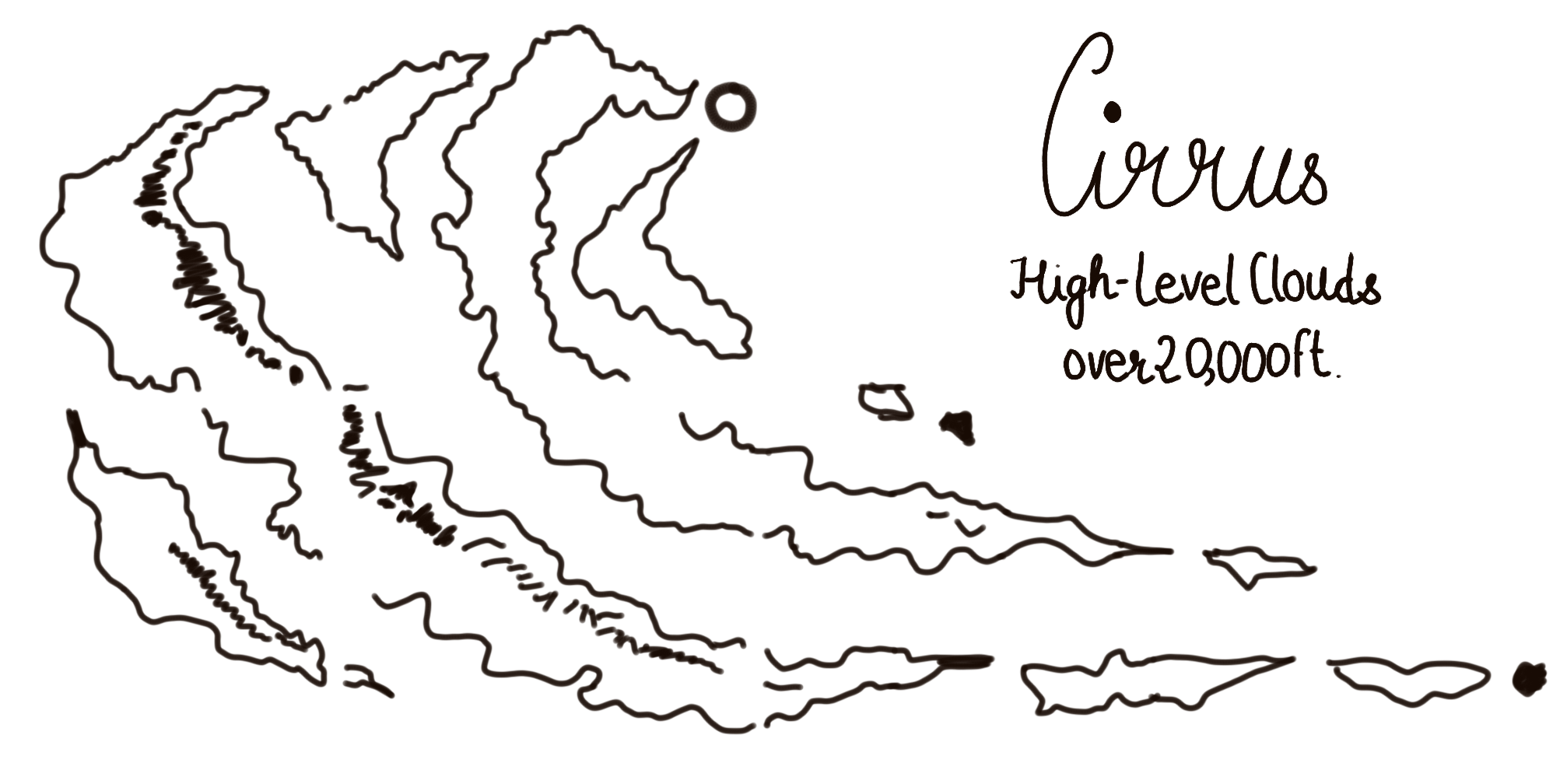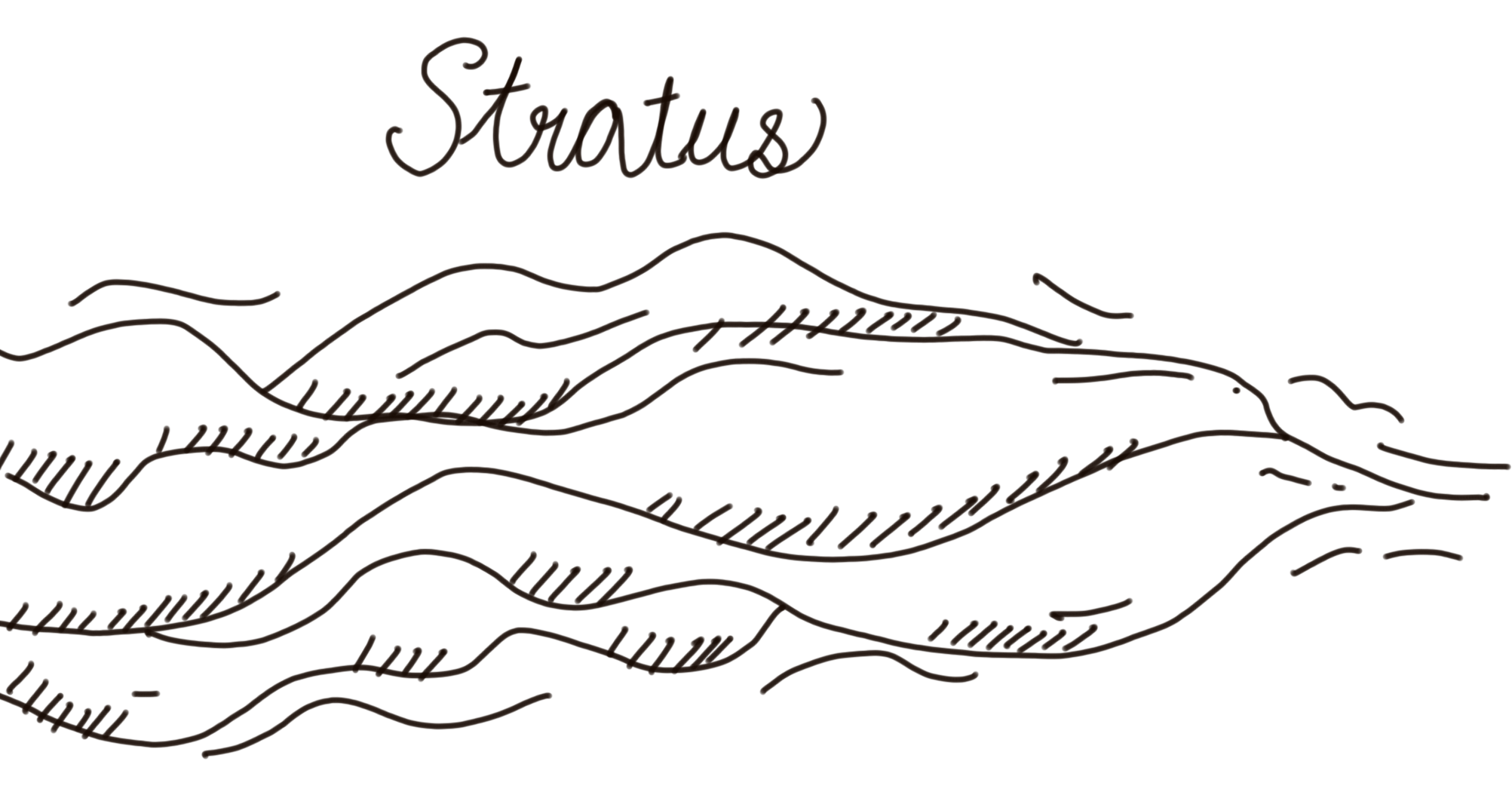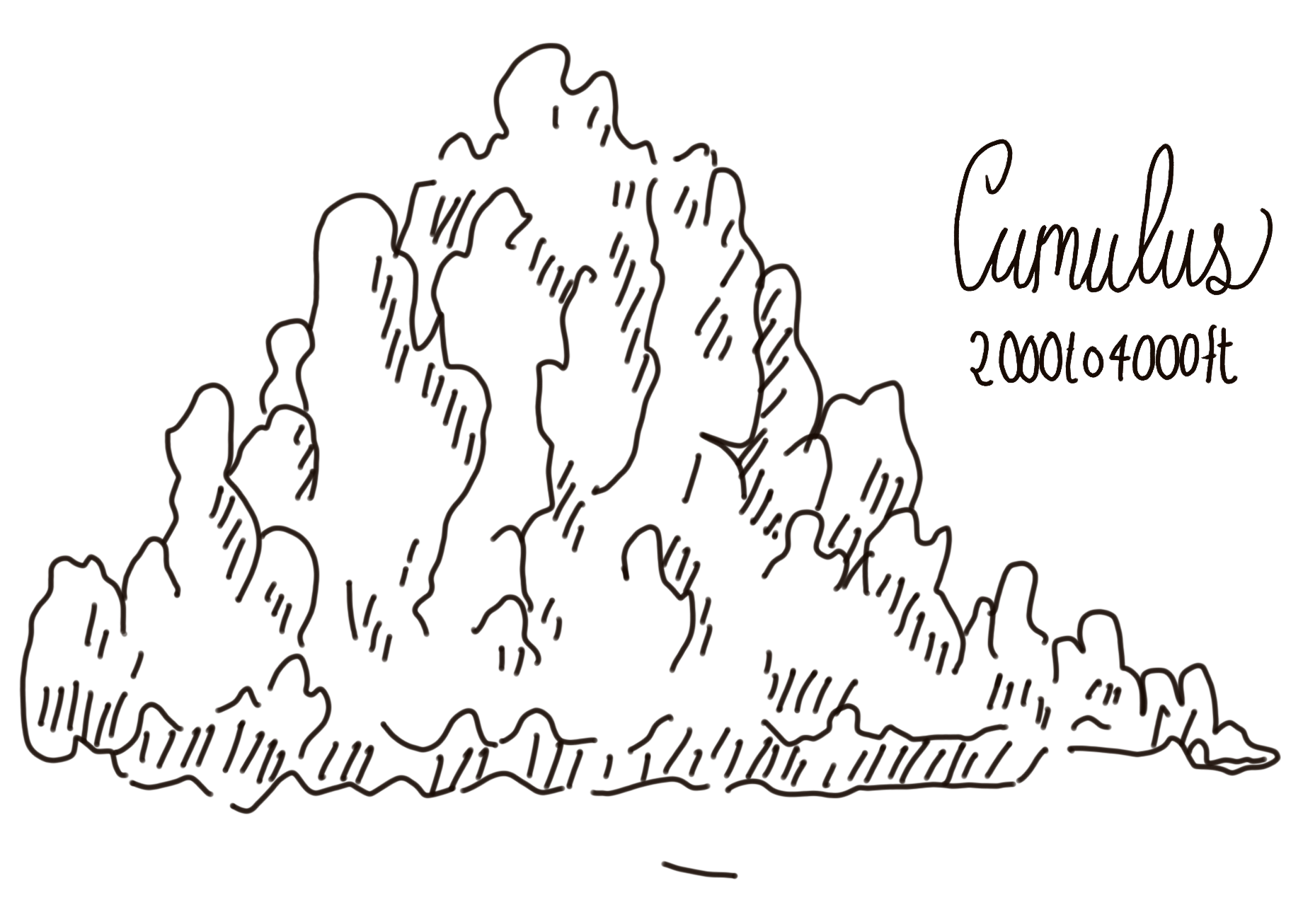Weather explains the day to day situation of the atmosphere. It can be hot, sunny, rainy, windy, cloudy or snowy. The climate, on the other hand, means the average of the weather in a particular region based on the average weather for over thirty years or more.
Factors that are taken into account while observing weather are:
- Temperature
- Precipitation
- Humidity
- Atmospheric pressure
The weather is a dynamic phenomenon and is constantly changing due to change in temperature and humidity in the atmosphere while climate implies what is expected to occur in the atmosphere rather than the real conditions. Weather can be different from climate on any particular day.
Meteorology
The science of monitoring and analysing the atmosphere and forecasting its weather and climate is known as meteorology. People who are involved in the study of climate and weather are called meteorologists.
Measuring the components of the weather
Weather affects the activities we do, the clothes we wear, travelling preferences and even our mood. Meteorologists measure and analyse the weather conditions in different regions and utilize this information to report and predict the weather conditions in future. These forecasts are useful because people can be alerted about uncertain weather conditions such as storms and floods.
Components that meteorologists measure
Celsius is the measure of temperature which is measured with the help of digital thermometer. The thermometers can be installed in a Stevenson Screen to make sure that the temperature is taken in an environment where there is shade. Stevenson screen is basically a wooden box with slanted sides, a roof with a slope and legs to keep the screen away from the ground. The white paint helps to reflect the sun.
Precipitation
It is measured with the help of a rain gauge. The rain gauge is generally anchored to the ground. The upper top f the gauge is around 30 cm above the surface that ensures that splashes of rainwater do not affect the output. The depth of the rain is measured in millimetres which can be read from the side of the container.
Wind direction
The compass records the direction fo the wind from where it is blowing. The wind which is coming from the west will move eastward (hence called westerlies) while the wind blowing from the east will travel westward (hence called easterlies). A wind vane is often used to observe the direction of the wind.
Wind speed
An anemometer is used to measure the speed of the wind. It should be kept at arm’s length, above the head to enable the rotation of the cups without any obstruction. The strenght at which the wind is blowing is measured in knots.
Atmospheric pressure
The weight of the air pressing down on the surrounding environment is called atmospheric pressure. Air exerts pressure which is measured by a barometer. Millibar is the unit used to denote atmospheric pressure. The higher is the reading of the barometer, the greater is the pressure.
Clouds
There are many kinds of clouds. Often, meteorologists observe the kind of cloud movement in the atmosphere to ascertain the type of weather that is affecting an area.
Clouds are classified according to shape and height. The different kinds of clouds are named based on Latin terms, e.g. nimbus clouds are responsible for bringing rain, stratus clouds look like layers.
The important clouds that you need to know about are:
- Stratus: These are stratified clouds that are low, grey in colour and amorphous and generally look like a blanket of cloud over a region. They can bring some rain and drizzle.
- Cumulus: These are clouds that travel quite swiftly. They are fluffy and white and give the appearance of cotton wool. They can bring rain showers particularly when the base is grey.
- Cumulonimbus: These are much deeper clouds that rise high into the atmosphere. They generally contain a lot of heavy rain and are linked with thunder and lightning storms.
- Cirrus: These clouds are found in the higher atmospheric region and are feathery and are made from ice crystals.
 Cloud cover
Cloud cover
Cloud cover is perceived (not measured) in units called oktas. Each okta expresses one-eight of the sky covered by clouds.
Sources of data for weather forecast
The weather forecast that we see on TV is produced using a huge pool of data that is collected and analysed by super-computers.
The three major sources of data are:
- Terrestrial (or land-based) weather stations and rainfall radar
There are around thirty major weather observatories in the UK where the weather is registered continuously to ascertain the changes in the weather conditions and its pattern. Also, about 100 automated stations and 100 coastguard stations also give weather data.
Meteorological department uses rainfall radar to measure the amount of precipitation in the atmosphere. It uses pulse-doppler that displays the live rain in an area. - Weather satellites (geostationary and polar satellites)
Satellites are used for taking images from spaces and give a clear picture of weather around the world. Geostationary satellites are placed in an orbit at an altitude of 35,800 km and move with the rotation of the earth.
Polar orbiting satellites are launched in the orbit perpendicular or right angle to the equator at an altitude of 500-800 km and cross the same spot every 12 hours. - Weather buoys
These weather send are generally anchored in the ocean and sends live oceanic and weather data back to weather stations for analysis. Its data is used to ascertain the changes in the weather in a large area. - Sunshine recorder
A sunshine recorder is a machine that records the amount of sunshine at a given area or region at any time. The output received is used to give information about the weather and climate as well as the temperature of an area. The information obtained is useful in meteorology, agriculture, science, tourism, and other fields. - Wet and dry bulb thermometer
A device used to measure the relative humidity of the atmosphere. It consists of two components –- A thermometer with a bulb that is wet or moist
- A dry bulb
The relative humidity is computed by recording the difference in readings of the thermometers when water evaporates from the wet bulb, lowering its temperature.
Frequently Asked Questions
What instruments are commonly used to measure temperature, and how does each work?
Common temperature-measuring instruments include thermometers, which rely on the expansion and contraction of liquids or gases, and thermistors, which use electrical resistance.
Explain the principles behind measuring atmospheric pressure and the instruments used for this purpose.
Atmospheric pressure is measured using barometers. Mercury barometers rely on the weight of mercury in a column, while aneroid barometers use the expansion and contraction of a sealed chamber.
How are wind speed and direction measured, and why is this information important for weather forecasting?
Wind speed is measured using anemometers, and wind direction is determined using wind vanes. This information helps meteorologists understand weather patterns and make forecasts.
Describe the process of measuring humidity, and discuss the significance of humidity data in weather monitoring.
Humidity is measured using hygrometers. Humidity data is important for understanding air quality, comfort levels, and potential for precipitation.
What instruments and methods are employed to measure precipitation, and why is accurate precipitation data critical for various sectors?
Rain gauges and weather radar are used to measure precipitation. Accurate precipitation data is crucial for agriculture, water resource management, and flood forecasting.








